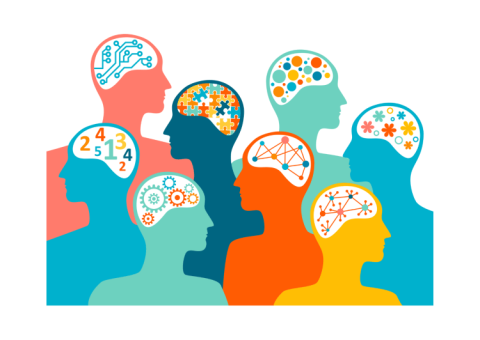Microthrills: The Tiny Moments That Give Us a Dopamine Hit
You know that little rush of excitement that you feel when you open a mystery box, land on your favorite color on a wheel spin, or answer a piece of trivia correctly in less than a second? That is not just satisfaction, that is a **microthrill**, and it is powering more of your day than you know.
From loot crates in video games to "tap-to-reveal" scratch cards, or getting a Stake bonus code, the world is now full of tiny, addictive experiences that reward us in bursts. The moments themselves may be insignificant, yet they influence our behavior in powerful ways, compelling us to keep playing, entertained, and coming back for more.
So what exactly are microthrills, and why do they have us under their spell?
What Is a Microthrill?
A microthrill is a “brief surge of emotional excitement” typically triggered by a small event or interaction. Unlike big thrills, ike skydiving or lottery winnings, microthrills are small doses of suspense, surprise, or gratification.
Examples include:
- Those moments before a spinning wheel stops
- Opening a sealed envelope, mystery bag, or virtual box
- Seeing your favorite slot combination line up, even without a big jackpot
- Getting a streak on a quiz app
- Flipping a coin with a "feeling" you know how it'll land
These are “low-stakes, high-feedback” experiences. The outcome might be trivial, but the brain doesn't always interpret it that way.
The Dopamine Loop: Your Brain on Anticipation
The key to microthrills is the brain's dopamine system.
Dopamine is a neurotransmitter that's closely linked to reward and motivation. Most people think dopamine is released when we get a reward, but it's actually released in anticipation of the reward.
That's why your heart beats a little faster while a wheel is spinning or a digital chest is opening. It's not about what you win, it's the uncertainty, the *maybe*, that's got you hooked.
This is also why we find ourselves chasing the next spin, click, or reveal, even if the previous one barely rewarded us. The brain remembers the excitement, not the outcome.
Microthrills Are Everywhere
Once you start looking for them, you'll spot microthrills built into many parts of modern lif, especially online:
- Shopping apps use countdown timers and "mystery coupons.”
- Streaming services autoplay previews to build anticipation.
- Fitness apps give badges, streaks, and spin wheels for milestones.
- Online casinos use game mechanics with visuals and sound that mimic those rapid-feedback thrills.
Even social media is full of microthrills: refreshing your feed, waiting for likes, checking notifications. Each ping is a little chance for reward. These experiences might not seem like gambling, but they use the same parts of the brain, and they're all designed to bring you back.
---
Why Do We Need Microthrills?
- They're instant - In a world where time and attention are in short supply for everybody, microthrills offer instant gratification.
- They feel earned - If you spin a wheel or solve a puzzle, you did something to trigger that reward, even if it's minimal
- They break the routine - Microthrills inject excitement into dull moments, waiting in line, commuting, or zoning out at your desk.
- They’re safe -There’s little risk. You’re not betting your life savings, just a few seconds of curiosity.
That combination of speed, surprise, and low commitment is exactly why people seek out microthrills multiple times a day.
Microthrills vs. Real Thrills
It's important to separate harmless fun and overstimulation. Microthrills are designed to be frequent, but too many consecutive microthrills lead to emotional burnout, just like eating too much sugar.
Also, because they're dopamine-based, some people get too addicted, compulsively checking, spinning, or refreshing for "just one more."Used intentionally, microthrills are great. But compulsively chasing them can lead to difficult-to-break habits.
Are Microthrills a Bad Thing?
Far from it, if they're enjoyed in balance.
Think of microthrills as the spice of your day. They shouldn't replace richer pleasures (like actual achievements, community, or rest), but they can enhance mood, reduce boredom, and make everyday life more fun.
Final Thoughts: It’s the Little Things
Whether it’s a flashing light on a game screen or a satisfying “ding” on your phone, microthrills are the modern dopamine snack, and we’re wired to love them.
So the next time you feel that little shock when you're playing a game, solving a puzzle, or waiting for a prize to reveal itself, don't worry: it's normal. It's your brain's way of celebrating a little shock of entertainment.
Just remember: the real prize isn't what's in the mystery box, it's how awesome it felt to open it.
